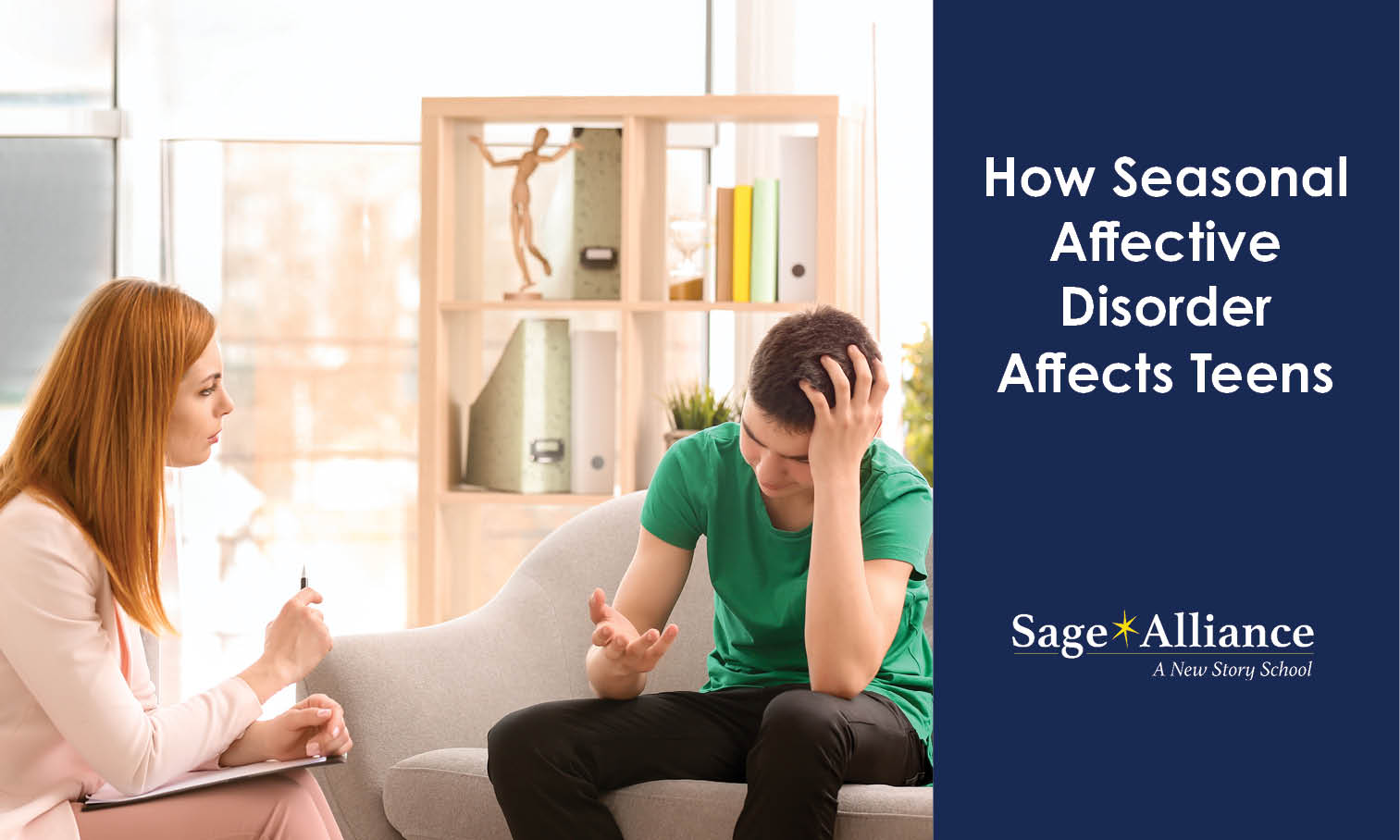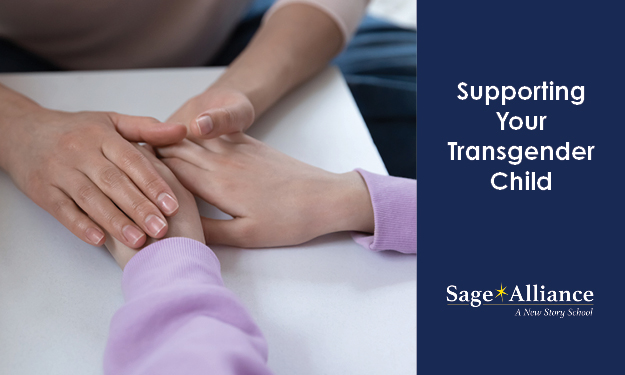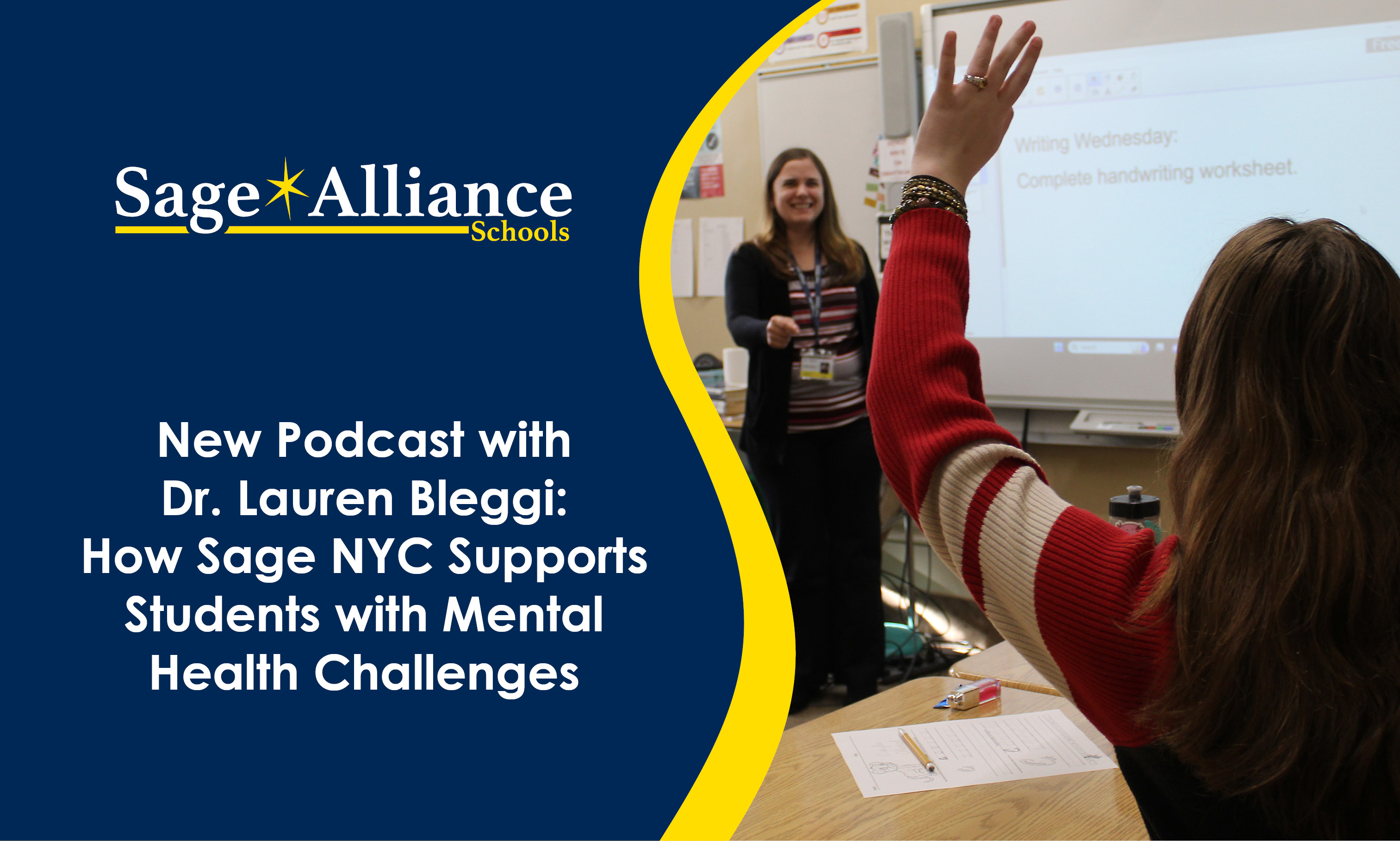How Seasonal Affective Disorder Affects Teens
Posted: December 18, 2017 | Written By: | Category: Coping

Seasonal Affective Disorder (SAD) can impact people of all ages. It can be particularly difficult for teens who find school becoming stressful as the weather cools. With less sunlight and more responsibilities to handle, SAD can be overwhelming for a teen. SAD is a form of depression that appears in the same span of time on a yearly cycle. Sometimes, SAD can occur in winter or summer months.
Symptoms
Symptoms of SAD include depression, fatigue and mood swings. Often teens find they have low energy and difficulty concentrating. This could lead to trouble completing assignments and dropping grades. Sometimes, these feelings can be isolating, so teens may be less willing to spend time with friends.
Causes
SAD is thought to be caused by shorter daylight hours and less sunlight. The biological causes of SAD are still unknown, though many scientists believe that in the winter, melatonin is increased and serotonin is decreased. An abundance of melatonin may cause fatigue, while decreased serotonin can be linked to depression.
How to Cope
SAD is typically studied over the course of two years to conclude the symptoms are tied to seasonal changes. It’s important to talk to a doctor when experiencing these symptoms, as they may be caused by other medical conditions. To help tackle the symptoms associated with SAD, lamps that simulate sunlight, called full spectrum light bulbs, can be helpful. Light therapy, under supervision of a medical professional, may even work for your teen. Additionally, making time for a sport or other activity that your teen enjoys can help improve their mood. Make sure they are getting enough sleep, as many teens have to wake up early to get to school on time.
Want to be notified of new articles and resources from Sage Alliance? Click here to submit your email and opt into our newsletter.









